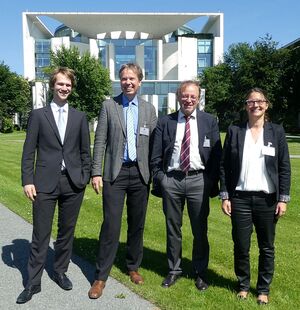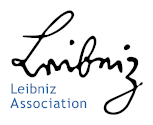- The Institute
- Research
- Dictatorships in the 20th Century
- Democracies and their Historical Self-Perceptions
- Transformations in Most Recent History
- International and Transnational Relations
- Edited Source Collections
- Dissertation Projects
- Completed Projects
- Dokumentation Obersalzberg
- Center for Holocaust Studies
- Berlin Center for Cold War Studies
- Publications
- Vierteljahrshefte
- The Archives
- Library
- Center for Holocaust Studies
- News
- Dates
- Press
- Recent Publications
- News from the Institute
- Topics
- Munich 1972
- Confronting Decline
- Feminist, Pacifist, Provocateur
- Der Mauerbau als Audiowalk
- Digital Contemporary History
- Transportation in Germany
- Envisaged Futures at the End of the Cold War
- From the Reichsbank to the Bundesbank
- German Federal Chancellery
- History of Sustainabilities: Discourses and Practices since the 1970s
- Changing Work
- Democratic Culture and the Nazi Past
- The History of the Treuhandanstalt
- Foreign Policy Documentation (AAPD)
- Dokumentation Obersalzberg
- Hitler, Mein Kampf. A Critical Edition
- "Man hört, man spricht"
- Dates
- Press
- Recent Publications
- News from the Institute
- Topics
- Munich 1972
- Confronting Decline
- Feminist, Pacifist, Provocateur
- Der Mauerbau als Audiowalk
- Digital Contemporary History
- Transportation in Germany
- Envisaged Futures at the End of the Cold War
- From the Reichsbank to the Bundesbank
- German Federal Chancellery
- History of Sustainabilities: Discourses and Practices since the 1970s
- Changing Work
- Democratic Culture and the Nazi Past
- The History of the Treuhandanstalt
- Foreign Policy Documentation (AAPD)
- Dokumentation Obersalzberg
- Hitler, Mein Kampf. A Critical Edition
- "Man hört, man spricht"
German Federal Chancellary
Democracy and the Nazi Past

Since late 2017, the Leibniz Institute for Contemporary History has been working together with the Center for Contemporary History in Potsdam on the role of the Federal Chancellery between the country’s new democratic beginnings and the Nazi past.
As the political hub of the Federal Republic, the Chancellery had an influence in terms of guidance, planning, and coordination on all areas of governance. This applied to personnel policy as well as to the flow of information and public relations efforts. The influence of the Chancellery further extended to the coalition parties and their parliamentary fractions as well as institutions, which influenced society and served the government as a source of information.

The four subprojects, designed to work together closely, focus on the role the Federal Chancellery played with regard to personnel continuities and fractures: How and to what degree did the office steer the personnel policy of individual ministries and how was its own personnel policy handled? Insights will be sought, moreover, into how political styles and administrative cultures changed and what significance these changes had for the democratic development of the German Federal governmental system. The timespan in question stretches from 1949 through to the Social Democratic-Liberal era (1969 to 1982), with the individual subprojects setting different years as the end of the period.
The research groups are supported by the Federal Government Commissioner for Culture and the Media and are composed of four doctoral/postdoc researchers. While the subprojects at the Center for Contemporary History in Potsdam will delve into the politics of memory and the past, as well as the public relations work of the Federal Chancellery and Office of Information, the IfZ subprojects will look into the office’s personnel development and policy as well as the understanding of democracy and politics held by its leading officials.

Subprojects at the IfZ:
- Personnel Policy and Nazi Pasts at the Federal Chancellery (Gunnar Take)
- The Federal Chancellery and Democracy: The Depth of Experience, Basic Views, and Political Styles of Leading Figures (Nadine Freund)
Subprojects at the CCH, Potsdam:
- The Federal Chancellery and its Attitude Towards the Nazi Past
- The Federal Office of Information between the Nazi Legacy and Democratic Self-Marketing
Project heads at the IfZ:
Photo credits:
- Title image: Palais Schaumburg, Seat of the Federal Chancellery, 1950 / BArch, B 145 Bild-P001503 / Arntz, Burow
- Image 1: KAS-Lenz, Otto-Bild-1860-2, via Wikimedia Commons
- Image 2: Federal government / Egon Steiner
- Image 3: The IfZ team in front of the Chancellery in Berlin / Christian Mentel



